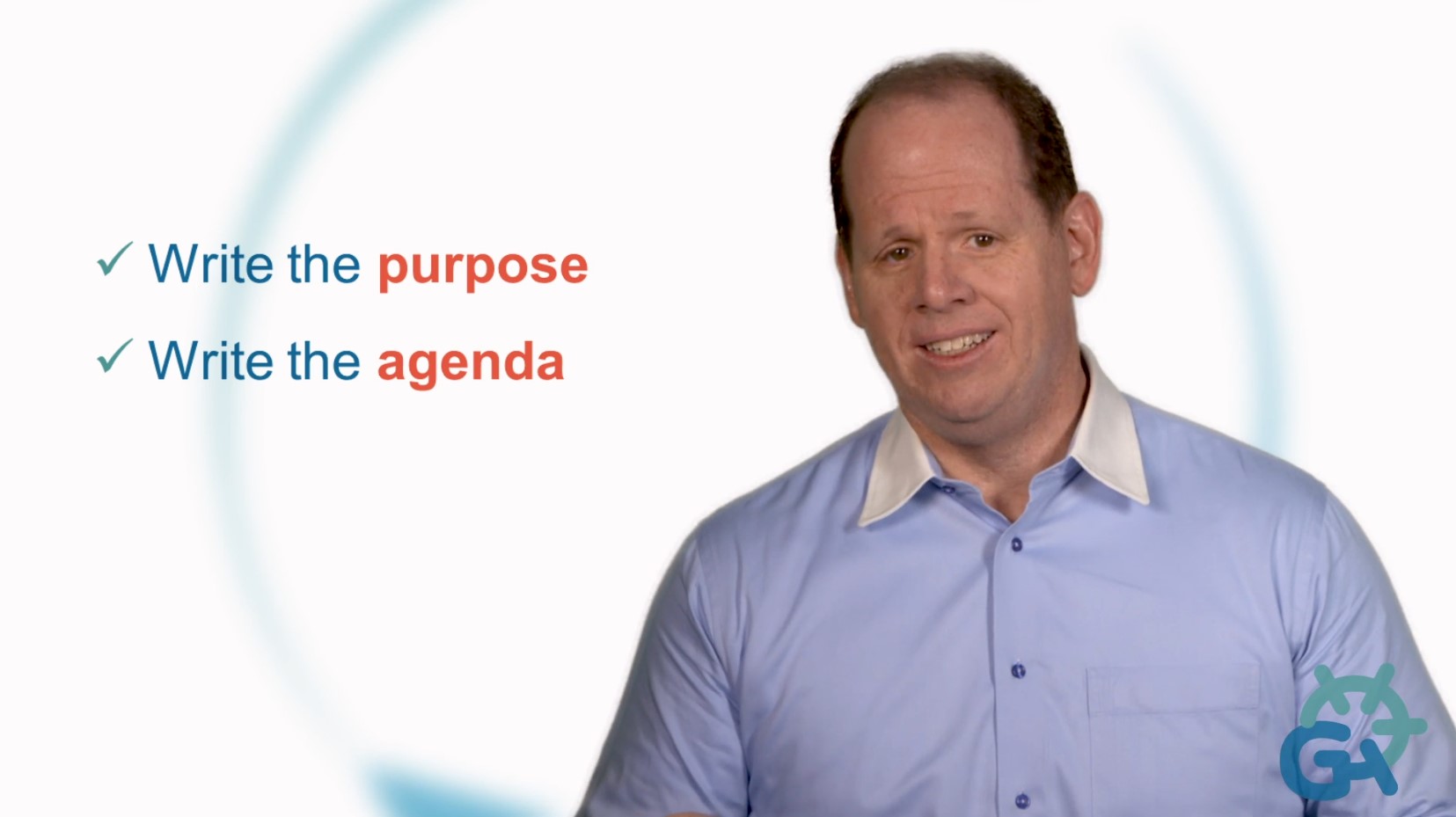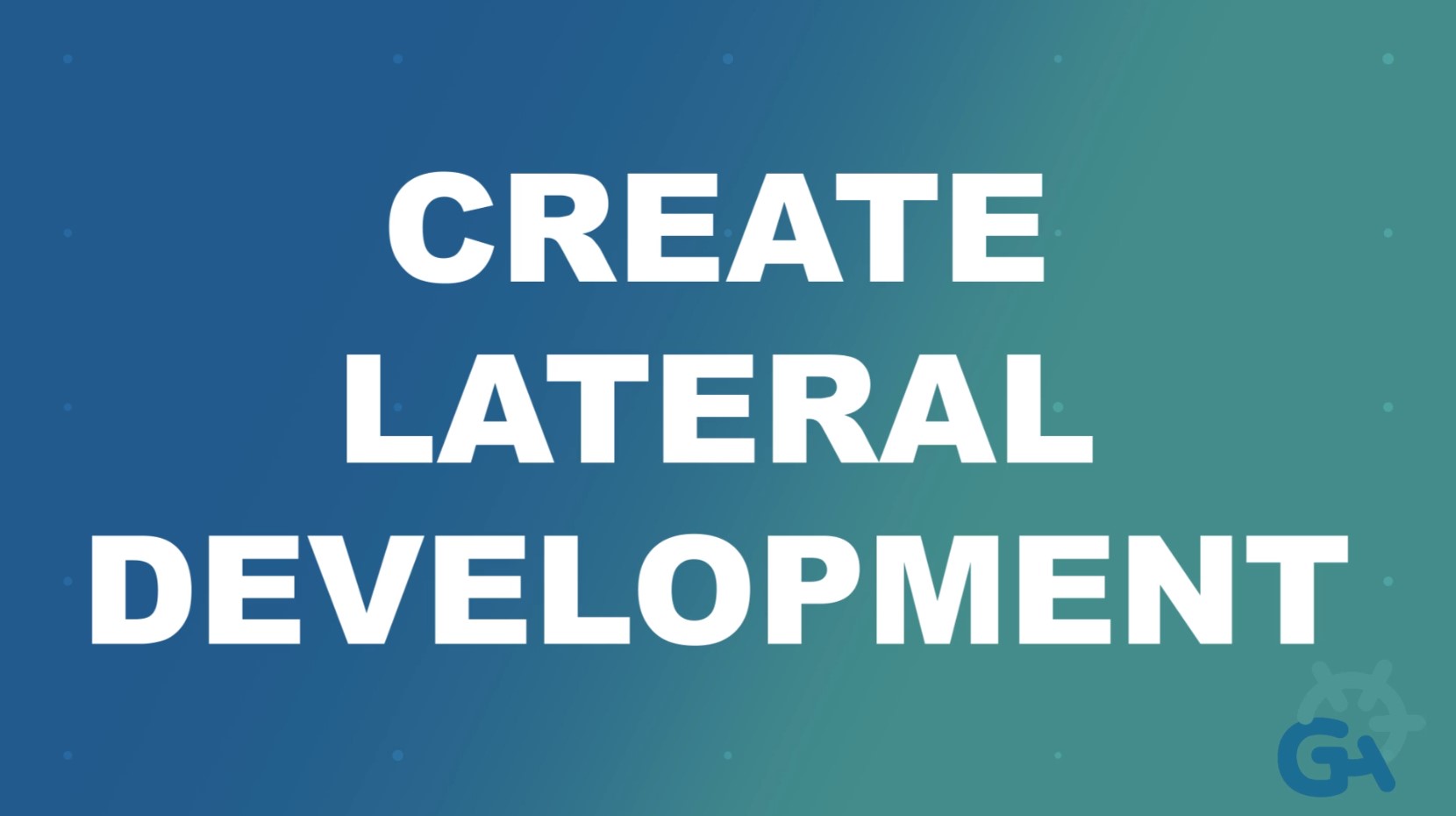
The Secret Culture Choice You Don’t Know You’re Making
I’m a guy who specializes in helping teams of leaders and managers decide how they want to run their organizations, and I want to tell you about a subtle yet profound choice made in that area. Actually, it’s not so much a conscious choice as the result of an accumulation of individual actions (or inactions) triggered by assumptions embedded in the ether of culture. I’d wager many executives and managers don’t recognize it as a choice at all, and I can’t blame them because it’s so well-hidden. Still, it has huge implications for everything that happens in the workplace. It’s the choice between Power Over and Power With, and it has ripple effects at both the macro level (including the caliber of results the organization can achieve) and the micro level (including how day-to-day operations look).
What am I talking about? Let me explain. No, it’s too much. Let me sum up.
Power Over is embedded in our culture, it’s silently prevalent in popular movies and TV, and it’s taught – largely unconsciously – as the default model for business, charity, and sometimes even personal relationships. It’s rooted in power differences: who’s in charge, who’s been around the longest, who knows the most, and who wins the argument. In an organization, it usually looks like well-understood pecking orders and internal negotiations between leaders and experts. This isn’t all bad, of course; hierarchy exists for a reason, influencing is important, and we need people who take responsibility. But too much Power Over has been known to coax leaders into questionable ethical spaces, to put it mildly. Plus, it doesn’t work well for matrixed, complicated work. That’s because as Power Over stifles the less popular, less normalized, and less powerful – that’s the ethically dicey part – it simultaneously robs the system of crucial information. Let’s remember, we’re not just talking about any people, we’re talking about people we hired for the skills and knowledge they bring.
Power With systems, on the other hand, are rooted in power sharing. They run primarily on something I’ll call collaboration, though I probably mean something different from what you think of when you see that word. They recognize that real results happen when individuals pool their information, efforts, and strengths. Power With is less about figuring out whose favor to curry and whose dominance to co-opt, and more about understanding who can contribute what and how. To be clear, orchestrating divergent contributions to achieve something greater than the sum of their parts isn’t easier than politicking one’s way through the day. It’s often harder, and it still involves an element of hierarchy. But when managed effectively, Power With systems engage, satisfy, and include all involved to a greater degree; they adjust quicker and more effectively when things change; and they outperform their Power Over peers by a solid margin. It’s no wonder they’re more exciting places to work, if not easier jobs to hold.
[[RELATED: Why Companies Make Slow, Weird Decisions, not Fast, Good Ones]]
I’m not talking about collaboration lip service. In a Power With system, diverse perspectives are not just tolerated, but actively sought. Novel and necessary solutions come from the intersection of different ideas and experiences, and innovation is less about office floorplan or furniture and more about who gets to offer ideas and what happens when they do. Power With leaders aren’t all that worried about teamwork posters or beanbag chairs – they do worry, daily, about creating an environment where problems, challenges, and unusual ideas can be voiced because people are trying to benefit from each other, not override, overrule, cajole, or impress each other. When someone in a Power With culture says, “this doesn’t work for me,” the first answer they hear will probably sound something like “why not?” as opposed to what they’d hear in Power Over: either “too bad” if they’re not the powerful one, or “let’s change it” if they are.
It’s no surprise engagement soars. The more other people care about your ideas and contributions, the harder you’ll work to make them clear and high-quality. A Power With culture fosters personal pride not just in completing tasks, but in being part of a team pursuing a shared set of results. One of the age-old questions of management is how to get people to take ownership of objectives and actions born of decisions they didn’t agree with. Power With cultures know the secret answer: people will engage when they didn’t agree with the outcome of a decision if they agreed with, understood, and noticed their contributions being valued in the process of reaching it.
(That’s really being valued, by the way. Not like, “my manager followed the script he learned in mandatory training of, ‘I hear you saying X and I would add Y’ before he ruled against me.” More like, “my manager and peers have a history of listening to and discussing what I think because they understand and value my work, but in this case the decision didn’t go the way I’d hoped.”)
Power With organizations don’t just feel more encouraging qualitatively; they enjoy consistently greater agility and measurable results, and it’s no mystery why: The system is synthesizing information not just from the top, but from the sides and the bottom. More information from more sources leads to more informed, timely decisions – which leads to appropriate actions, taken sooner. Where Power Over decisions create short term frustration that accrues to long term dissatisfaction, Power With decisions create short-term gains that aggregate into long term successes.
[[RELATED: Is Your “Great Culture” All Sizzle and No Steak?]]
In real life, this looks like multiple timeframes coming up during decision-making; it looks like taking a longer view of future needs for talent, funds, and equipment; it looks like cutting resources mid-cycle on less important projects to ensure the most important ones succeed; and, it looks like having a deeper focus on developing processes and people for the future. This isn’t easy. It doesn’t happen because a motivational speaker at a conference said it should, or because one leader is charming and well-loved, but because everyone has decided it’s in the best interest of both the organization and all the individuals within it to all look forward and act in tandem.
If this all sounds great in theory but you’re not sure how to do it, don’t feel bad. The only reason I have a job is because this is hard. Still, regardless of how high up you are (or aren’t), or how empowered you feel (or don’t), here are a few things you can do right now:
1. Lean in on shared results: Make it clear that while individual achievements are important, the ultimate goal is the team’s success. Encourage alignment with the team’s objectives and foster a culture where success is shared. Reward your whole staff when your organization’s goals are reached. Rewarding individuals for subordinate goals is tempting, but in reality it just creates silos and infighting. Do as little of that as you possibly can, despite the urgings of the Power Over masses.
2. Emphasize collaborative action: Move away from glorifying the lone wolf and the individual superstar – those are just alternative currencies of power to trade on. Normalize raising future problems early and often so that they can be solved by the group while there’s time to react – that’s Power With. If you find anyone getting their work done “despite their coworkers,” don’t reward it – don’t even tolerate it. Make it clear that the person needs to think differently about the work, and/or the group process needs to be improved to reduce the tendency for individuals to fly solo.
[[RELATED: Four Horrible Truths for Surviving Matrix Management]]
3. Develop laterally: Encourage your team members to share information and understand each other’s roles. Facilitate one-on-one conversations to deepen the collective understanding of the work. This not only benefits team dynamics and improves peoples’ ability to make recommendations that help higher level goals (as opposed to helping themselves at the expense of their peers), it also prepares staff for future roles with wider scope. Management development isn’t just for a few key “high-po’s” on a spreadsheet. (Is it a coincidence that this sounds like “high power”?) When it’s part of the work as it should be, it’s for everyone, all the time.
4. Get debriefy with it: OK, that’s not a word, but you know what I mean. Spend time talking about how the meeting just went, who needs to contribute more or less, how effectively you’re making group decisions, and in what other ways your process needs improvement. Look through the lens of “this team exists to achieve our higher-level goals, not our members’ individual goals,” and ask: “how could we do this more effectively?” Debrief often and act on your conclusions.
The shift from Power Over to Power With isn’t a change in style so much as a strategic move towards a more dynamic, innovative, engaged organization. It’s about activating the full talent and perspective within your team to tackle the complex challenges of the business you’re in. Power With isn’t easy, but it’s a path to a richer, more nuanced, and ultimately more successful organizational culture. And it happens to be a great answer to the question of how you’ve decided to run your organization.
Like this and want more? Watch Ed Muzio’s new TV Series, “One Small Step” on C-Suite Network TV. And, Visit the Group Harmonics Industry Intelligence Archive for ideas, whitepapers, and case studies about changing culture and how management culture impacts so many facets of the organization.
- Meet for a Reason (C-Suite TV) - April 29, 2024
- Don’t Be Fooled: Bigger Doesn’t Equal Slower – Letters to Leaders - April 15, 2024
- Create Lateral Development (C-Suite TV) - February 28, 2024







